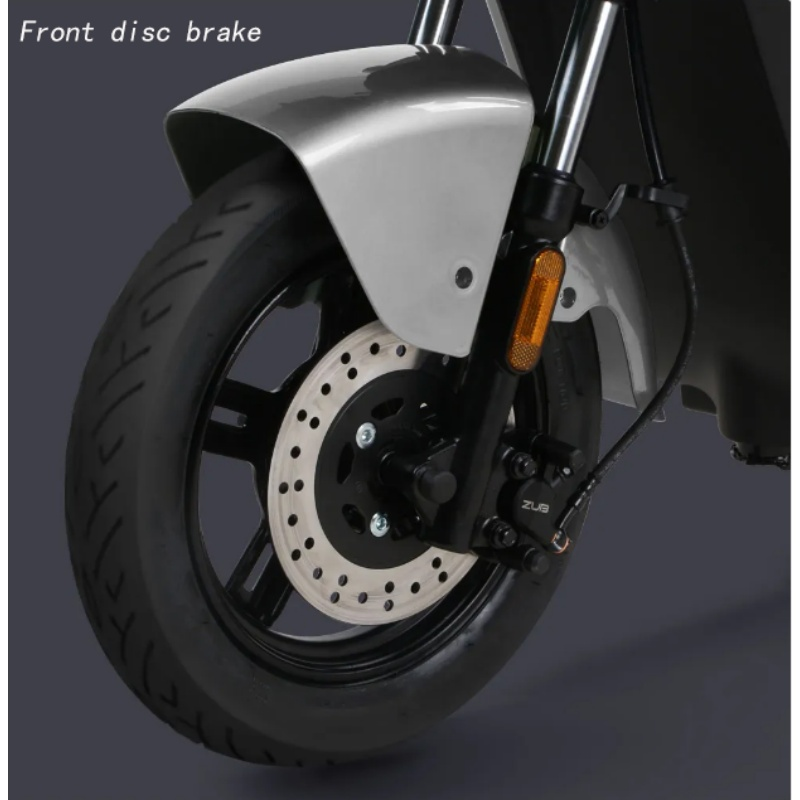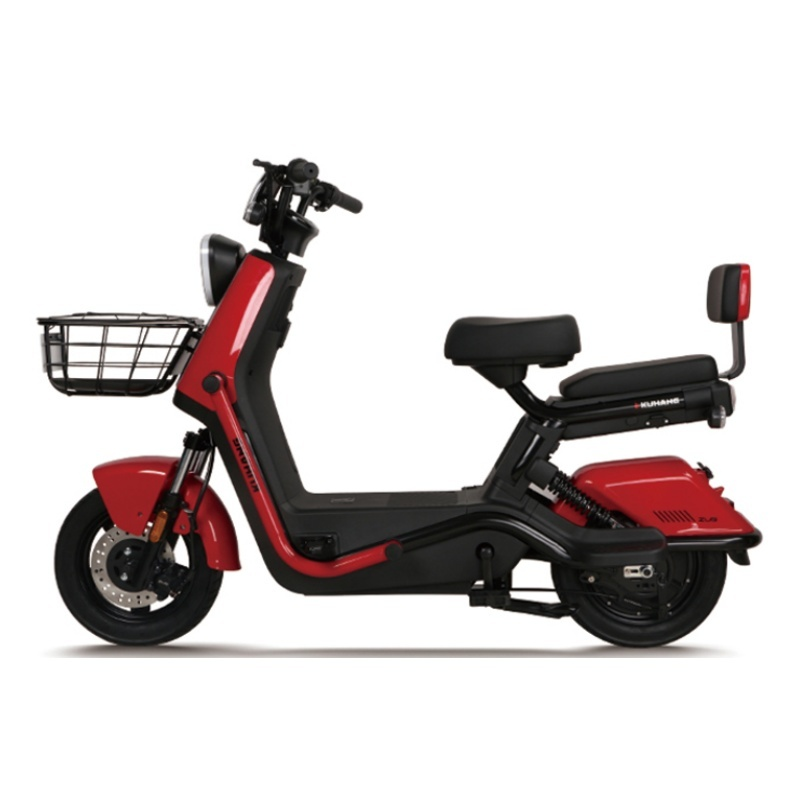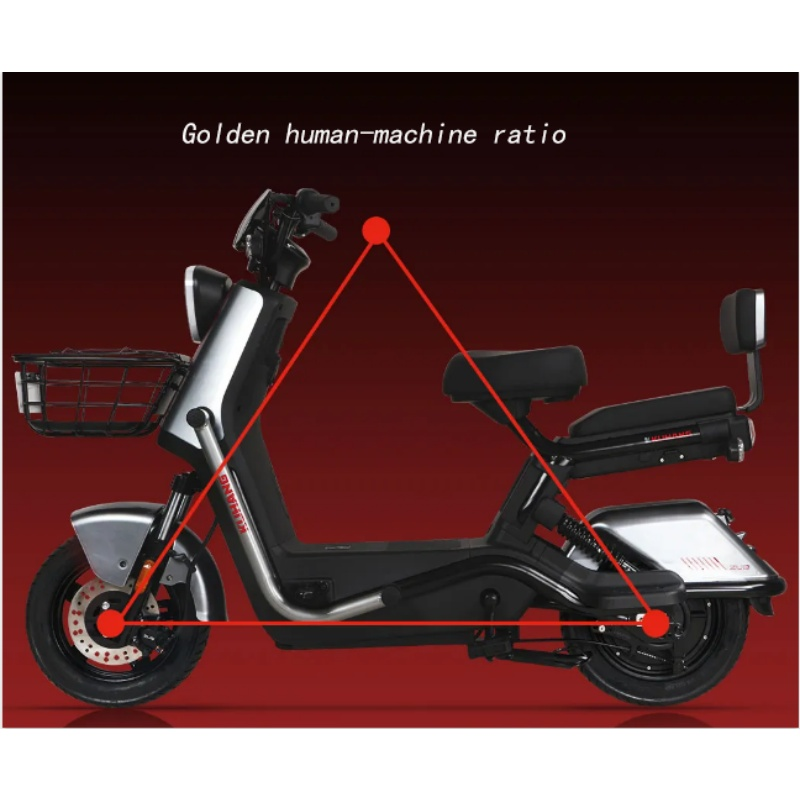electric bike price
Electric bike prices have become a crucial consideration for consumers looking to embrace sustainable transportation. The market offers a diverse range of options, typically ranging from $500 to $5000, catering to different needs and preferences. Entry-level electric bikes, priced between $500 and $1500, usually feature basic components like 250W motors, standard battery capacity, and essential safety features. Mid-range models, falling within $1500 to $3000, incorporate advanced features such as higher-capacity batteries, more powerful motors (350-750W), and superior build quality. Premium electric bikes, priced above $3000, boast cutting-edge technology, including sophisticated motor systems, extended battery life, advanced suspension systems, and premium components. The price variation reflects differences in battery technology, motor power, frame materials, and additional features such as GPS tracking, anti-theft systems, and smartphone connectivity. Factors influencing electric bike prices include battery capacity (typically 36V to 52V), motor power output, frame material (aluminum, carbon fiber, or steel), component quality, and brand reputation. Understanding these price points helps consumers make informed decisions based on their specific requirements and budget constraints.


